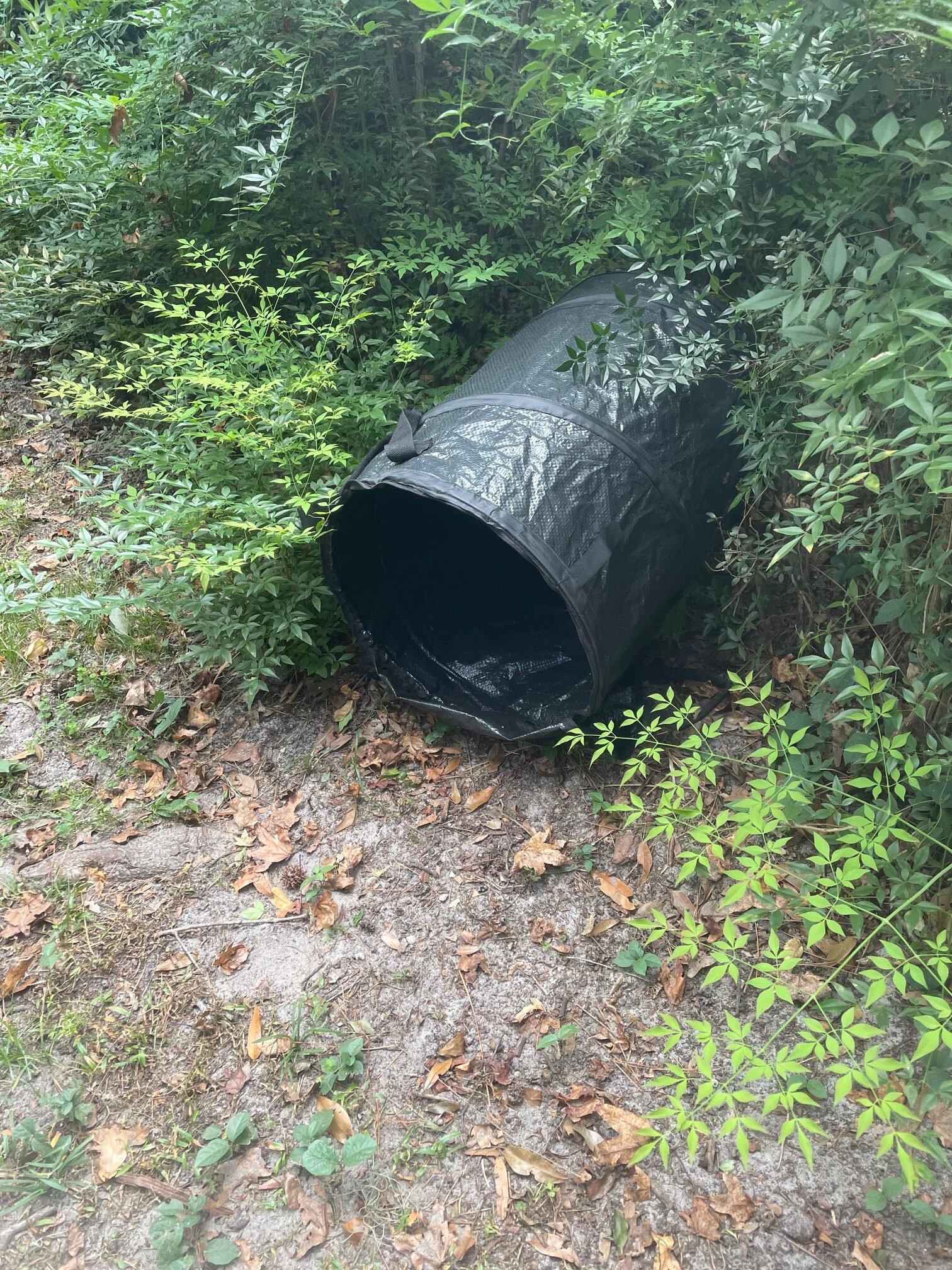Your cart is currently empty!

The Science Behind Resting Mosquito Traps
Introduction
Resting mosquito traps are a cornerstone of professional mosquito surveillance programs.
They work by mimicking natural shelter sites, allowing researchers to efficiently capture live mosquitoes—often those that have recently fed and may be carrying pathogens.
In this guide, we’ll explore the science, applications, and best practices for using resting traps in the field, plus why Entovate’s models are trusted by public health agencies and researchers worldwide.
Why Focus on Resting Mosquitoes?
After a blood meal, female mosquitoes seek cool, shaded, and humid environments to rest and digest before laying eggs.
By targeting this stage, entomologists can:
- Collect blood-fed females for disease testing (e.g., West Nile, Zika, Dengue).
- Capture a different species profile than traps targeting host-seeking or ovipositing mosquitoes.
- Gather higher-quality specimens, as resting captures minimize injury to the insect.
How Resting Traps Work
- Shelter Simulation – The trap’s design creates a dark, humid environment mosquitoes naturally prefer.
- Ease of Collection – Traps often feature removable chambers or netting for quick specimen transfer.
- Passive Capture – No chemical attractants required; location choice is the key.
Pro Tip: Place resting traps in vegetation near water sources, animal shelters, or shaded edges where mosquitoes are likely to stop after feeding.
Applications in Research and Public Health
Resting traps are widely used for:
- Arbovirus Surveillance – Collecting engorged mosquitoes for bloodmeal analysis and virus detection.
- Behavioral Studies – Observing post-blood meal activity and species resting preferences.
- Population Monitoring – Gaining insights into female-to-male ratios and infection rates.
Best Practices for Deployment
- Choose Shaded Locations – Along forest edges, near shrubbery, or behind buildings.
- Set Early in the Morning – Mosquitoes are likely to be resting through mid-day.
- Minimize Disturbance – Avoid shaking vegetation when approaching traps.
- Empty Regularly – Prevent escape and maintain specimen quality.
- Record Metadata – Note site conditions, time, and coordinates for your database.
Why Entovate Resting Traps Stand Out
Our resting traps are:
- Durable & Weather-Resistant – Built for long-term field deployment in diverse climates.
- Easy to Transport & Set Up – Lightweight design for mobile teams.
- Optimized for Capture Efficiency – Proven field-tested design approved by researchers.
Internal Link: [Explore Entovate’s Resting Mosquito Traps] (link to product page)
Combining with Other Traps
Resting traps are even more powerful when used alongside:
- Gravid traps for virus-positive Culex collection.
- Light traps for broad-species nighttime sampling.
- Field aspirators for direct vegetation captures.
This integrated approach allows teams to gather comprehensive data across multiple mosquito life stages and habitats.
Key Takeaway
Resting mosquito traps target a specific and valuable subset of mosquito populations — those most likely to be carrying pathogens.
By understanding the science behind these traps and deploying them effectively, researchers and vector control teams can dramatically improve surveillance quality.
Call to Action:
Order Your Entovate Resting Mosquito Traps Today and start capturing more high-value specimens, faster. https://entovate.com/resting-traps/